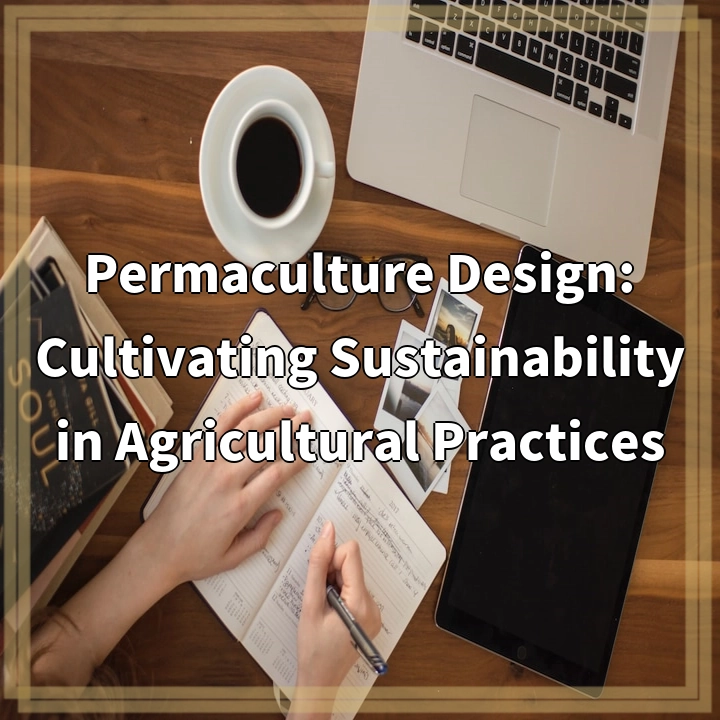
What is Permaculture Design?
Permaculture design is a sustainable agricultural approach that focuses on mimicking natural ecosystems to create self-sustaining and regenerative food production systems. It is a holistic system that integrates various elements, including plants, animals, landscape features, and structures, to create mutually beneficial relationships and maximize the use of resources.
Real-World Problems Associated with Permaculture Design
While permaculture design offers numerous benefits for sustainable agriculture, it also faces some challenges and limitations. Understanding these real-world problems is essential for implementing and improving permaculture practices effectively:
1. Time and Effort
Permaculture design requires careful planning and implementation, which can be time-consuming and labor-intensive. Creating and maintaining diverse ecosystems, managing pest and weed control, and ensuring proper soil fertility demand ongoing dedication and effort.
2. Accessibility and Scalability
Permaculture design often relies on specific site characteristics and climate conditions. It may not be easily applicable in all regions, limiting its accessibility and scalability. Adaptation of permaculture principles to different contexts requires careful consideration of local ecosystem dynamics and resources.
3. Knowledge and Skills
Successfully implementing permaculture design requires a deep understanding of ecological principles, soil biology, and plant interactions. Acquiring the necessary knowledge and skills can be a challenge, especially for individuals without prior agricultural experience or access to training and education.
4. Financial Constraints
Transitioning to permaculture systems may involve initial costs for infrastructure and equipment, such as water catchment systems, composting facilities, or animal shelters. These financial constraints can make it difficult for small-scale farmers or individuals with limited resources to adopt permaculture practices.
5. Policy and Regulatory Barriers
In some cases, existing policies and regulations related to agriculture may hinder the adoption or expansion of permaculture practices. Zoning restrictions, land use regulations, or lack of incentives for sustainable farming methods can pose significant challenges for those interested in implementing permaculture design.

Solutions to Real-World Problems in Permaculture Design
1. Time and Effort
Efficient planning and design can help streamline the implementation process, reducing overall time and effort. Breaking down tasks into manageable steps and implementing strategies like companion planting, mulching, and integrated pest management can optimize labor and resource usage.
2. Accessibility and Scalability
In regions with challenging site characteristics, permaculture practitioners can explore alternative approaches such as container gardening, vertical farming, or community gardens. Adapting permaculture principles to local conditions and sharing knowledge through workshops and online resources can improve accessibility and scalability.
3. Knowledge and Skills
Investing in education and training programs focused on permaculture design can help individuals acquire the necessary knowledge and skills. Developing partnerships with local agricultural institutions, non-profit organizations, and mentorship programs can provide valuable learning opportunities and support for aspiring permaculturists.
4. Financial Constraints
To overcome financial barriers, individuals and communities can explore funding options such as grants, crowdfunding, or cooperative financing models. Start small with cost-effective techniques like composting, rainwater harvesting, or plant propagation, gradually expanding the permaculture system as resources become available.
5. Policy and Regulatory Barriers
Advocacy efforts can play a crucial role in influencing policies related to agriculture. Engaging with local authorities, participating in relevant policy discussions, and demonstrating the positive impacts of permaculture on soil health, biodiversity, and community resilience can lead to supportive regulations and incentives for sustainable farming practices.















